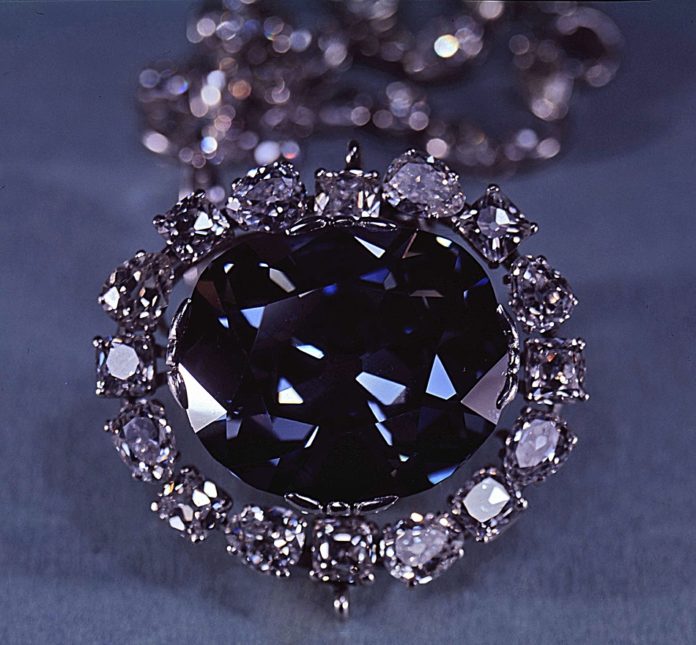Japanese researcher Makoto Kasu, at Saga University, and a precision diamond jewellery manufacturer have built a 2-inch diamond-coated wafer that can store, they claim, 25 exabytes of data using quantum memory.
Binary data is stored in quantum superpositions using nitrogen vacancies in the diamond material. Currently binary stored is stored as bits, with a value of one or zero, represented by magnetic polarity (north or south), charge in flash (current flows or not) or resistance in ReRAM (high or low). Quantum memory is different in that it stores qubits (quantum bits).
As we understand it, a qubit can have a value of ⎢0⟩ or⎢1⟩ (pronounced “ket 0” and “ket 1”) or a linear combination of both states in any proportion – it does not have a single value. It has a certain probability of being a ⎢0⟩ and another probability of being a ⎢1⟩. This property of a qubit is called superposition and is used in quantum computing, which can use other quantum phenomena such as entanglement and interference.
Any number n of qubits is equivalent to 2n bits. Ten qubits equals 210 bits or 1,024 bits. Twenty qubits equals 1,048,576 bits – the information density of qubits as their number scales is is staggering.
A detailed explanation of quantum computing is way beyond the scope of this article. Suffice it to say that it is based on the laws of quantum mechanics. In turn quantum mechanics describes the properties of atoms and subatomic particles which can behave both as particles and waves. This causes problems when measuring their properties, as the act of measurement can influence the resulting value.
IBM, Google and others are developing quantum computers, which use quantum mechanical properties to solve certain problems – ones with highly complex relations between data elements. Quantum computers can solve these problems many, many times faster – exponentially faster – than classical or Von Neumann computers – today’s servers and supercomputers. And they need quantum memory to do it, which is hard to make because the material has to behave consistently and store esoteric quantum mechanical phenomena.
Which is where Makoto Kasu and Adamant Namiki Precision Jewel Co. come in. They have teamed to develop and manufacture ultra-high purity diamond wafers, called Kenzan diamonds, which can function as quantum memory.
They have an engineered attribute called a nitrogen vacancy or NV-centre. One of the diamond’s carbon atoms is changed to a nitrogen atom. This leaves a space which is filled with six electrons which are in an ambiguous quantum state. The amount of nitrogen is less than three parts per billion – any more and the wafer’s quantum memory functionality is compromised.
Previously, such diamonds could only be grown on 0.006 square inch wafers (4mm2) using a level substrate. Any larger and they cracked from internal stresses. The new development grows the diamond crystal on a stepped wafer substrate base to reduce the internal stresses and achieves a 2-inch (5cm) circular wafer size.
The larger wafer size increases the qubit capacity to 25EB – the equivalent, the researchers say, of a billion 25GB single-layer Blu-Ray disks.
A Kenzan diamond paper – Two-Inch High-Quality Diamond Heteroepitaxial Growth on Sapphire for Power Devices – will be presented at the International Conference on Compound Semiconductor Manufacturing Technology 2022, on May 10. Let’s see if the quantum computer builders are impressed enough to use these wafers.








